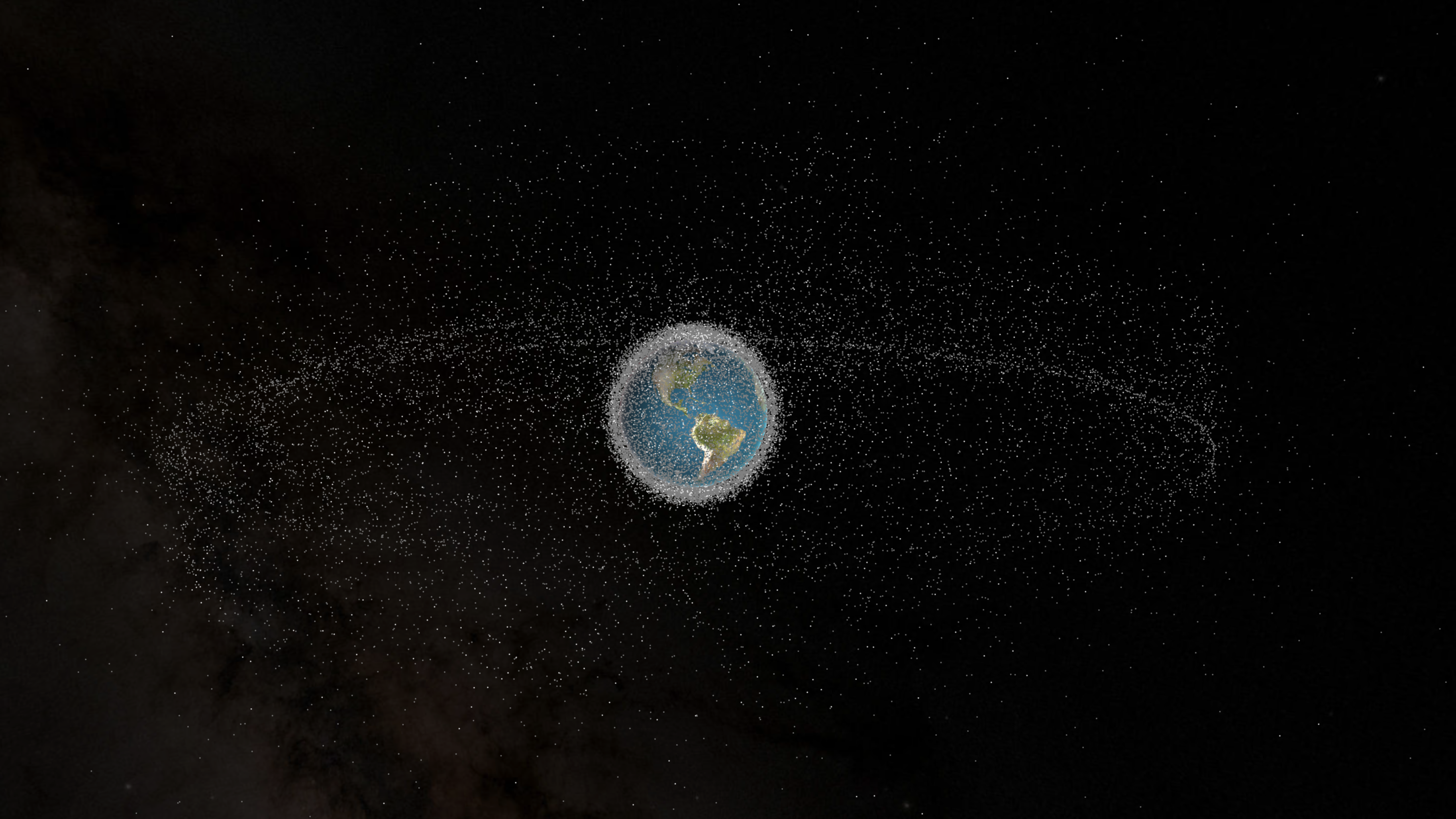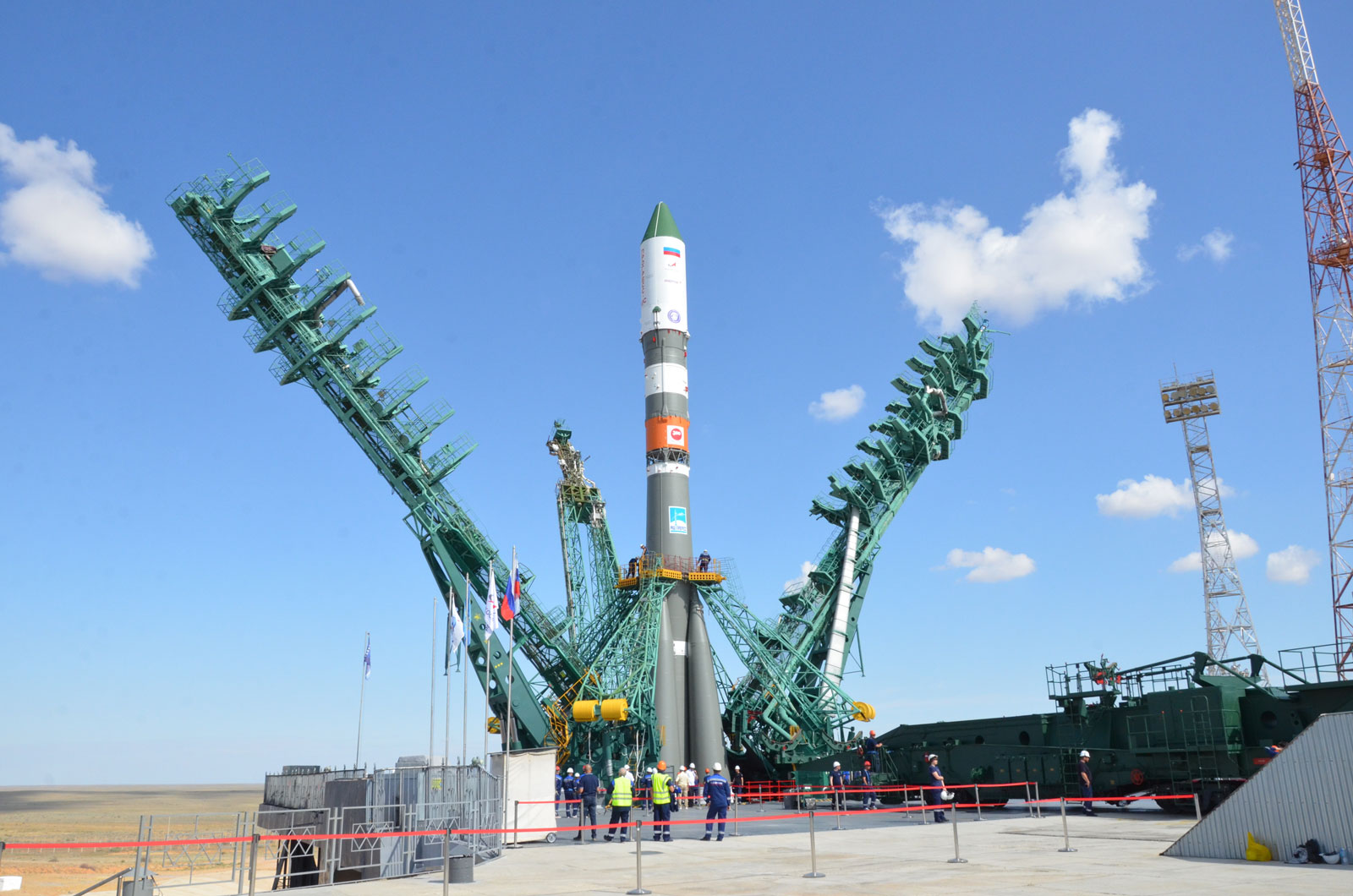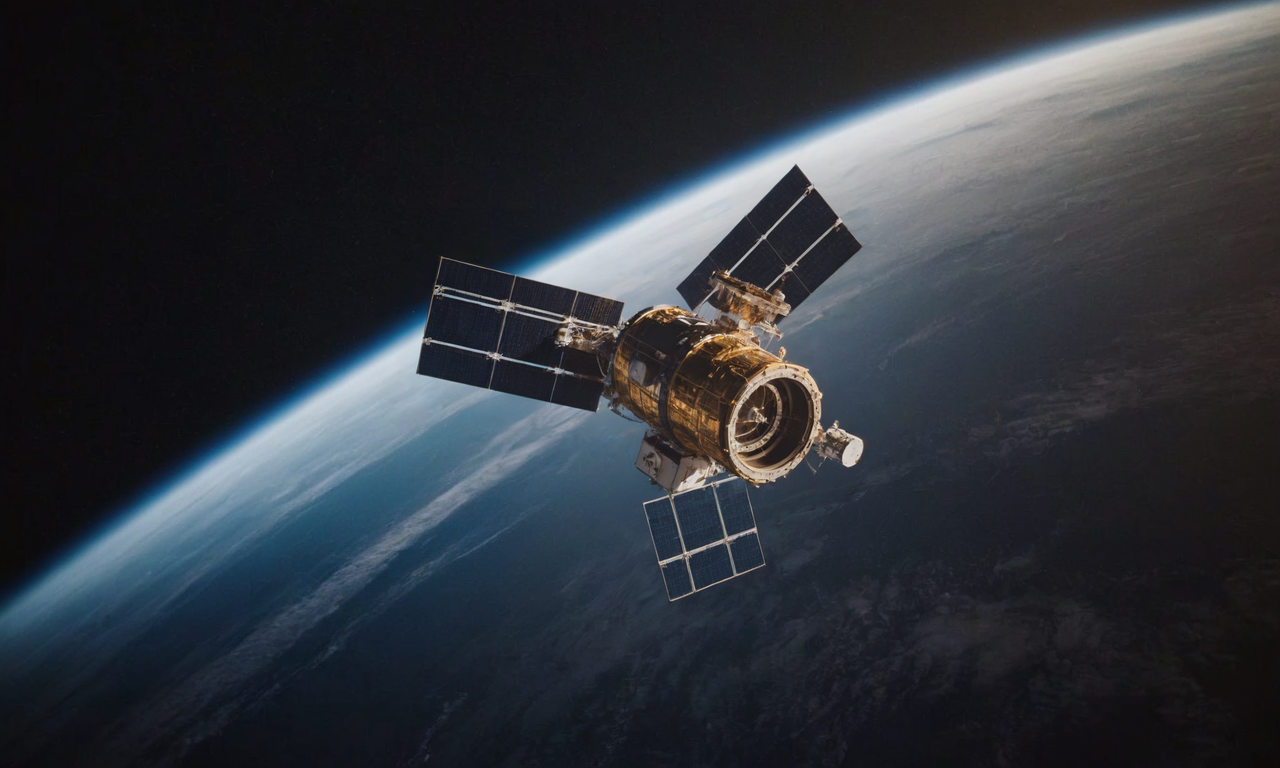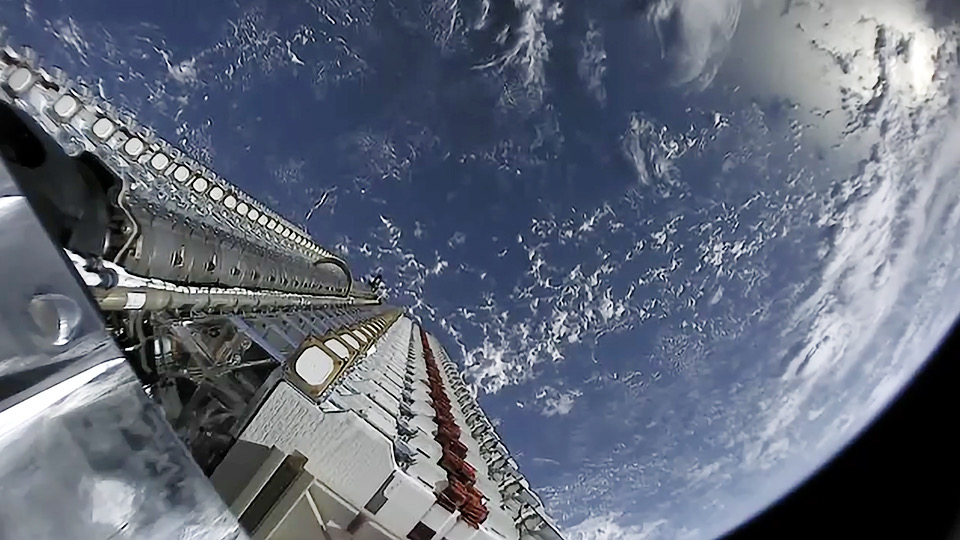· deep dive · 5 min read
Understanding Space Debris
From shattered satellites to exploded rocket stages, space debris poses a growing risk to satellites, space stations, and astronauts. Here's a deep dive into what causes space debris, notable generating events, and what we're doing about it.

Look up at the night sky, and you’re not just seeing stars and satellites. You’re looking at a growing cloud of cosmic junk. Earth’s orbit has become humanity’s highest trash heap—a swirling collection of defunct satellites, spent rocket bodies, and countless fragments zipping around at speeds that would make a bullet look like it’s standing still.
I’ve been tracking orbital objects for years, and the numbers keep climbing. This isn’t just a matter of keeping space tidy—it’s about preserving our ability to use orbit at all.
What Is Space Debris?
Space debris includes any human-made object in space that no longer serves a useful purpose. That broken satellite? Debris. The upper stage that delivered your GPS satellite? Eventually, debris. Even the flecks of paint that have chipped off spacecraft? You guessed it—debris.
As of early 2025, there are over 30,000 tracked objects circling our planet. And that’s just what we can see. Experts estimate millions more fragments too small for our radar to catch—though at orbital velocities, even a centimeter-sized object packs the punch of a hand grenade.
Major Space Debris Events
Several key incidents have dramatically increased the celestial clutter above us:
1. Fengyun-1C (2007)
When China decided to test an anti-satellite weapon on their defunct Fengyun-1C weather satellite, they didn’t just destroy one satellite—they created a cloud of over 3,000 trackable fragments. I remember watching the tracking data update in real-time as the debris field expanded. It was like watching someone smash a mirror in slow motion, except each shard was traveling at 17,000 mph.
2. Iridium 33 and Cosmos 2251 (2009)
Nobody expected an active Iridium communications satellite to collide with a dead Russian Cosmos satellite. But in February 2009, these two objects—each traveling faster than a speeding bullet—slammed into each other 500 miles above Siberia. The crash scattered more than 2,000 fragments across frequently used orbits, many of which continue to threaten other satellites today.
3. Russian Fregat-SB (2020)
You’d think we’d have learned our lesson about leaving energetic components in orbit. Yet in 2020, a Russian Fregat-SB upper stage exploded and added another 60+ debris pieces into high Earth orbit.
4. Russian ASAT Test (2021)
In November 2021, Russia conducted a direct-ascent anti-satellite test that destroyed their defunct Cosmos 1408 satellite, creating a debris field of more than 1,500 trackable fragments. The test was particularly dangerous because it occurred at an altitude of about 480 km—not far from the International Space Station at 400 km. ISS astronauts and cosmonauts were forced to take shelter in their transport vehicles multiple times as the station’s orbit intersected with the debris cloud. This reckless test drew international condemnation, with debris expected to remain a collision hazard for more than a decade.
5. Mega-constellations: Solution or Problem?
The rise of satellite internet has brought thousands of new neighbors to Earth orbit. Companies like Starlink and OneWeb are launching satellites by the hundreds. While they’re designing these satellites to deorbit safely at end-of-life, the sheer numbers make even a small failure rate concerning. One malfunctioning satellite that can’t remove itself from orbit becomes a permanent collision hazard.
Why Space Debris Matters
Occasionally spacecraft parts have survived reentry and become melted twisted metal in someone’s backyard. But most debris stays up there, creating a high-speed obstacle course for everything we want to keep in orbit.
The real nightmare scenario is something called Kessler Syndrome—a cascade of collisions where debris hits satellites, creating more debris, which hits more satellites… you get the picture. In the worst case, entire orbital regions become unusable for generations.
Common Questions About Space Debris
Can space debris fall to Earth?
Absolutely. Earth’s atmosphere is actually our biggest ally in fighting debris—it eventually drags most objects down. Small stuff burns up completely (creating those “shooting stars” you might spot on a clear night), while larger objects might partially survive. Space agencies typically plan controlled reentries over remote ocean areas for big items like space stations or large satellites.
Can we clean up space debris?
We’re trying! Think of it as developing specialized garbage trucks for space. Projects like ESA’s ClearSpace-1 and Japan’s Astroscale are pioneering ways to capture and remove large debris pieces. The challenge is that each piece requires its own mission—there’s no cosmic vacuum cleaner that can sweep up everything at once.
Are there laws about space debris?
It’s more like guidelines than actual rules (to borrow a line from Pirates of the Caribbean). The UN has established best practices, and most space agencies require new missions to include plans for responsible disposal. But enforcement remains tricky in the international commons of space.
Is the ISS at risk?
The astronauts on the International Space Station perform debris avoidance maneuvers several times a year. When objects come too close for comfort, they might even shelter in their Soyuz or Dragon capsules—the space equivalent of diving under a desk during an earthquake drill.
What’s Being Done?
I’m part of a growing community working to address this challenge:
-
Tracking Improvements: Organizations like CelesTrack.org and KeepTrack.space are developing better ways to provide satellite data to satellite operators, completely for free.
-
Designing for Disposal: The new generation of satellites includes features specifically to ensure they won’t become permanent space junk—from extra fuel reserves for deorbit burns to deployable sails that use atmospheric drag.
-
Policy Evolution: Space agencies worldwide are strengthening requirements for end-of-life planning. The old standard of “25 years to deorbit” is giving way to more aggressive timelines.
Looking Forward
Every time I watch a rocket launch, I’m struck by the dual nature of our relationship with space. We’re both explorers and polluters of this final frontier. The good news? Unlike some environmental challenges, this one has clear technical solutions—if we can muster the international will to implement them.
Space debris isn’t just an abstract problem for rocket scientists. It threatens weather forecasting, communications, navigation, and our dreams of exploring beyond Earth. Managing our orbital environment is becoming as important as managing environments on Earth itself.
References

Theodore Kruczek





